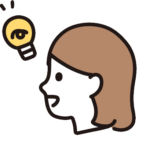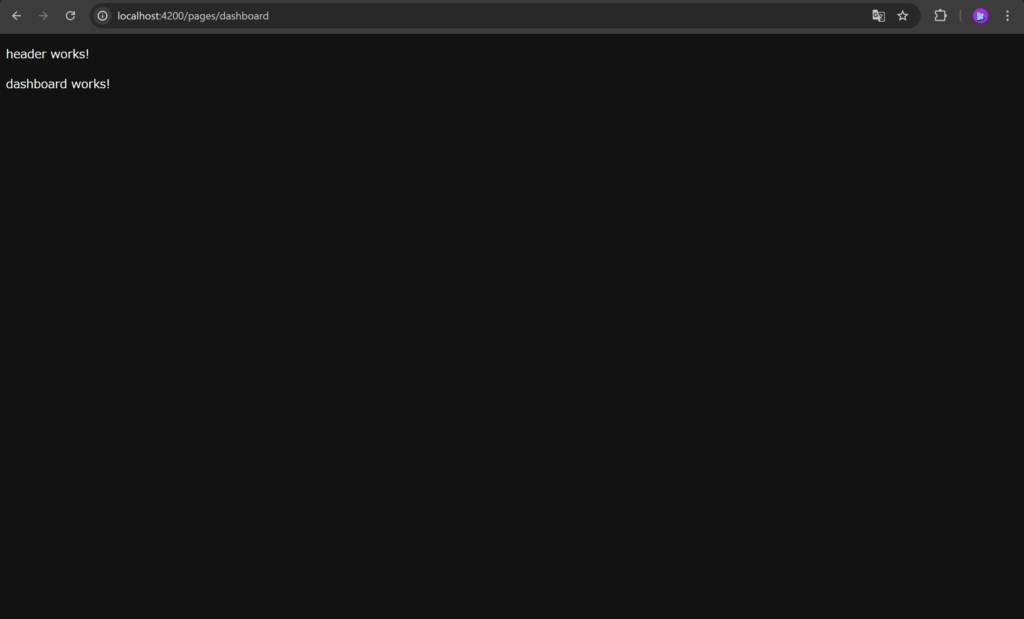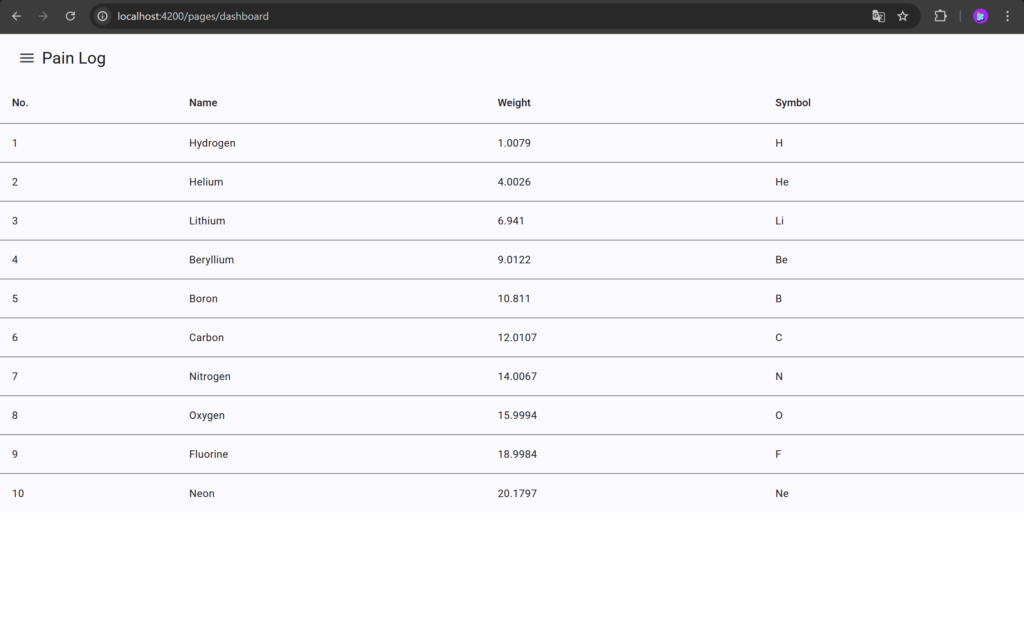
たけ坊
今回はAngularのフォーマットを使った内容だよ!

見栄えが変わるんですよね?楽しみ‼
前提
ここまでの流れを知りたい人はここからサイトへ!
headerを変更してみる

header works!
になっているHeaderをカッコ良いものに変更しようと思います。
headerのディレクトリは以下のようになっています。
└── app/
├── core/
│ └── header/
│ ├── header.component.html
│ ├── header.component.ts
│ └── header.component.lessここに、Angularのmaterialを使用して、一気にカッコ良いものにしていきます。
Angularにはたくさんのデザインのフォーマットがあり、それを活用することができます。

Angular Material
UI component infrastructure and Material Design components for Angular web applications.
Angular materialの中のTool barを活用してコードを書きます。どのコードを使っているのか、サイトの中を探してみてください!
header.component.html
<mat-toolbar>
<button mat-icon-button class="example-icon" aria-label="Example icon-button with menu icon">
<mat-icon>menu</mat-icon>
</button>
<span>Pain Log</span>
<span class="example-spacer"></span>
</mat-toolbar>header.component.ts
import { Component } from '@angular/core';
import {MatIconModule} from '@angular/material/icon';
import {MatButtonModule} from '@angular/material/button';
import {MatToolbarModule} from '@angular/material/toolbar';
@Component({
selector: 'app-header',
standalone: true,
imports: [MatToolbarModule, MatButtonModule, MatIconModule],
templateUrl: './header.component.html',
styleUrl: './header.component.less'
})
export class HeaderComponent {
}dashboardを変更してみる
dashboardのディレクトリは以下のようになっています。
└── app/
├── features/
│ └── pages/
│ ├── pages.component.html
│ ├── pages.component.ts
│ ├── pages.component.less
│ └── dashboard/
│ ├── dashboard.component.html
│ ├── dashboard.component.ts
│ └── dashboard.component.lessここもAngular materialを使用します。

Angular Material
UI component infrastructure and Material Design components for Angular web applications.
上記を参考にコードを書いていきます。
dashboard.component.html
<table mat-table [dataSource]="dataSource" class="mat-elevation-z8">
<!-- Position Column -->
<ng-container matColumnDef="position">
<th mat-header-cell *matHeaderCellDef> No. </th>
<td mat-cell *matCellDef="let element"> {{element.position}} </td>
</ng-container>
<!-- Name Column -->
<ng-container matColumnDef="name">
<th mat-header-cell *matHeaderCellDef> Name </th>
<td mat-cell *matCellDef="let element"> {{element.name}} </td>
</ng-container>
<!-- Weight Column -->
<ng-container matColumnDef="weight">
<th mat-header-cell *matHeaderCellDef> Weight </th>
<td mat-cell *matCellDef="let element"> {{element.weight}} </td>
</ng-container>
<!-- Symbol Column -->
<ng-container matColumnDef="symbol">
<th mat-header-cell *matHeaderCellDef> Symbol </th>
<td mat-cell *matCellDef="let element"> {{element.symbol}} </td>
</ng-container>
<tr mat-header-row *matHeaderRowDef="displayedColumns"></tr>
<tr mat-row *matRowDef="let row; columns: displayedColumns;"></tr>
</table>dashboard.component.ts
import { CommonModule } from '@angular/common';
import { Component } from '@angular/core';
import {MatTableModule} from '@angular/material/table';
export interface PeriodicElement {
name: string;
position: number;
weight: number;
symbol: string;
}
const ELEMENT_DATA: PeriodicElement[] = [
{position: 1, name: 'Hydrogen', weight: 1.0079, symbol: 'H'},
{position: 2, name: 'Helium', weight: 4.0026, symbol: 'He'},
{position: 3, name: 'Lithium', weight: 6.941, symbol: 'Li'},
{position: 4, name: 'Beryllium', weight: 9.0122, symbol: 'Be'},
{position: 5, name: 'Boron', weight: 10.811, symbol: 'B'},
{position: 6, name: 'Carbon', weight: 12.0107, symbol: 'C'},
{position: 7, name: 'Nitrogen', weight: 14.0067, symbol: 'N'},
{position: 8, name: 'Oxygen', weight: 15.9994, symbol: 'O'},
{position: 9, name: 'Fluorine', weight: 18.9984, symbol: 'F'},
{position: 10, name: 'Neon', weight: 20.1797, symbol: 'Ne'},
];
@Component({
selector: 'app-dashboard',
standalone: true,
imports: [CommonModule, MatTableModule],
templateUrl: './dashboard.component.html',
styleUrl: './dashboard.component.less'
})
export class DashboardComponent {
displayedColumns: string[] = ['position', 'name', 'weight', 'symbol'];
dataSource = ELEMENT_DATA;
}変更した結果
headerとdashboardを変更した結果どうなったか見てみましょう。
ng serveまたは
npx ng serve --host 0.0.0.0 --poll 1を実行し、http://localhost:4200/で表示を見ると...

headerとテーブルが表示されました!
次のステップ
次はAPI連携です!





